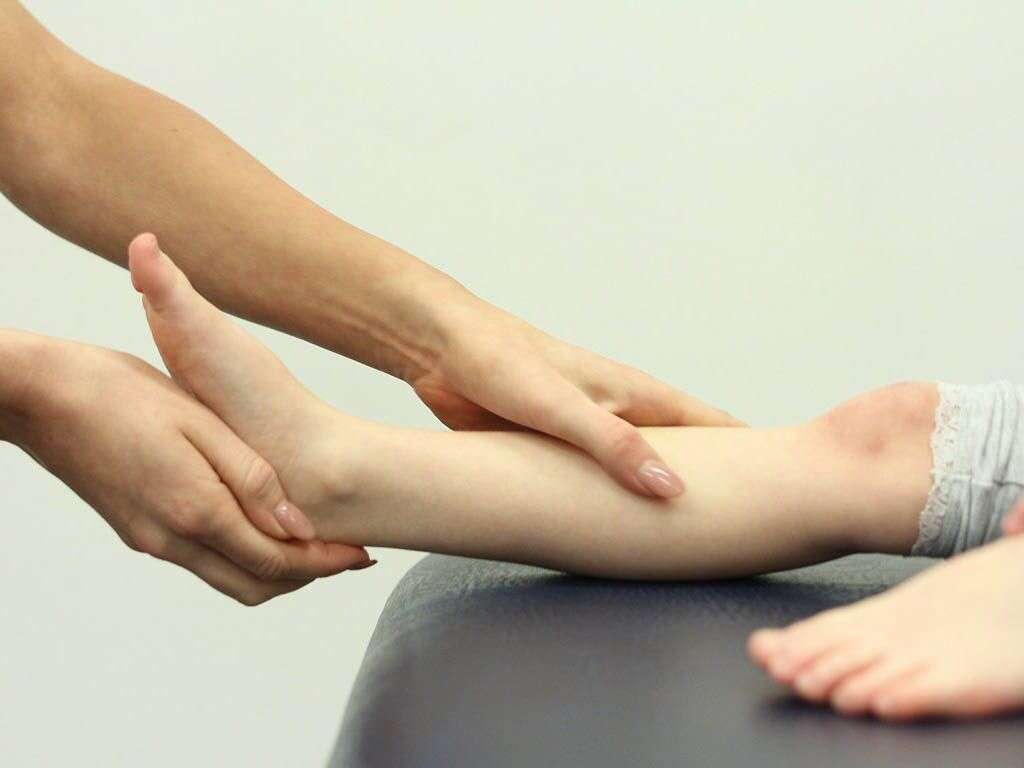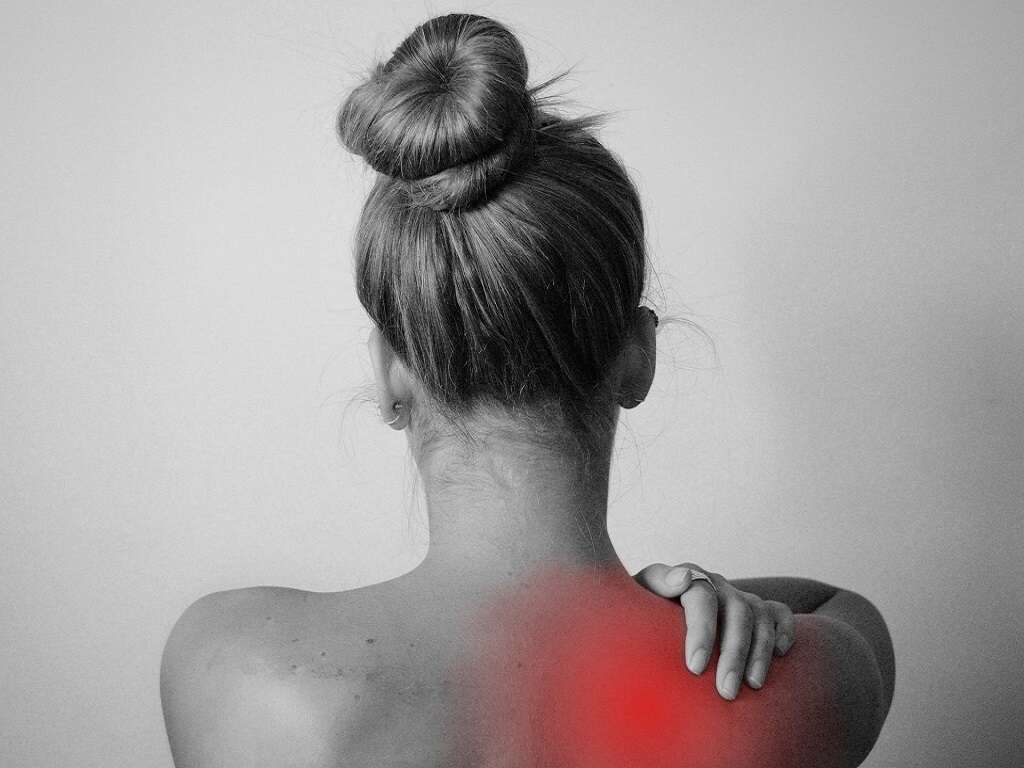10 Causes of Dystonia
Dystonia is a term that refers to involuntary, spasmodic, and sustained muscle contractions. It involves both the contraction of agonist and antagonist muscles. These movements are usually sustained, slow, repetitive, and patterned. However, in some cases, it can fluctuate and become unpredictable.
The frequent abnormal twisting and posturing can be painful for patients with dystonia. It is also a disabling and debilitating issue that greatly impacts the quality of life. It can have a significant impact on the vocational, personal, and emotional life of the individual, resulting in loss of independence and constant need of assistance.
The management of dystonia may involve oral medications, rehabilitative therapies, surgery, and neurochemolytic interventions. The availability of counseling and support groups can also be beneficial for patients. Dystonic disorders can have a chronic course and lead to persistent disability. Since different dystonic disorders have different treatment, the distinction of the different types of dystonia is crucial. Dystonia can be classified based on etiology, age of onset, and anatomical distribution.
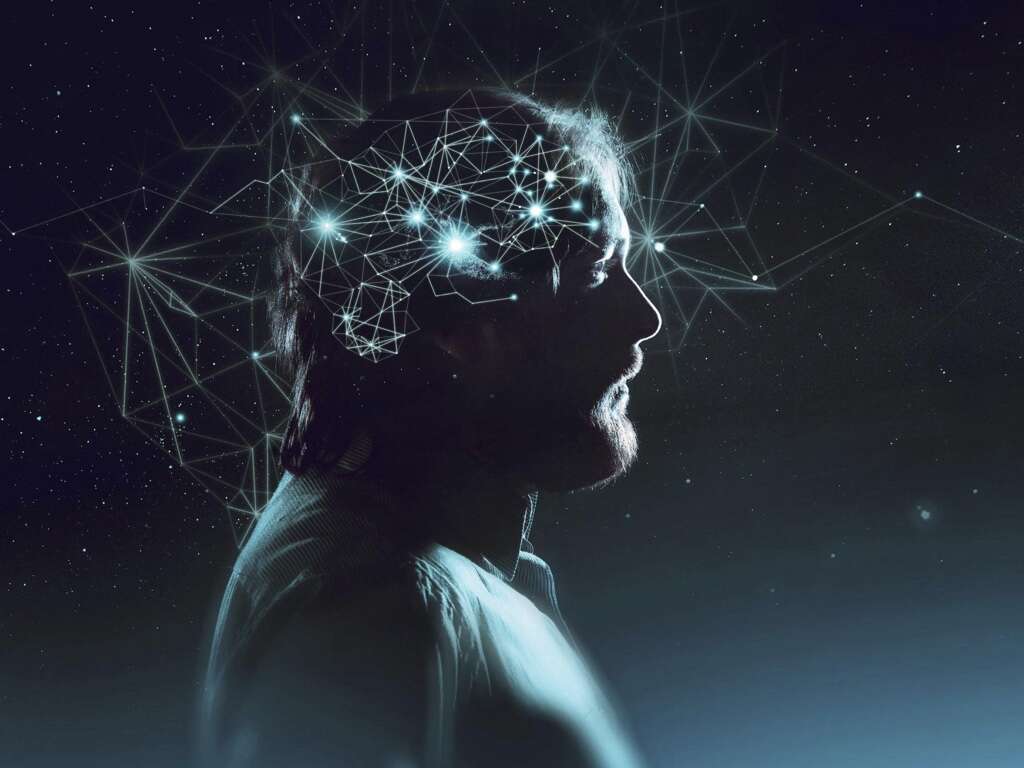
Cause #1: Primary or Idiopathic Dystonia
Primary or idiopathic dystonia occurs sporadically and can be seen in autosomal recessive, autosomal dominant, or X-linked recessive disorders. Childhood onset dystonia that is hereditary is quite commonly seen among the Ashkenazi Jewish population.
Currently, there are at least 12 types of dystonia that can be differentiated based on genetics. The identification of these genes may help with the understanding and treatment of these disorders.

Cause #2: Chlorpromazine
Chlorpromazine is an antipsychotic that can be used to treat psychotic disorders such as schizophrenia. It also has other uses such as the treatment of bipolar disorder, anxiety before surgery, attention deficit hyperactive disorder, and more.
Common side effects are hypotension, sleepiness, dry mouth, and weight gain. Serious side effects include neuroleptic malignant syndrome, dystonia, and low white blood cell counts.
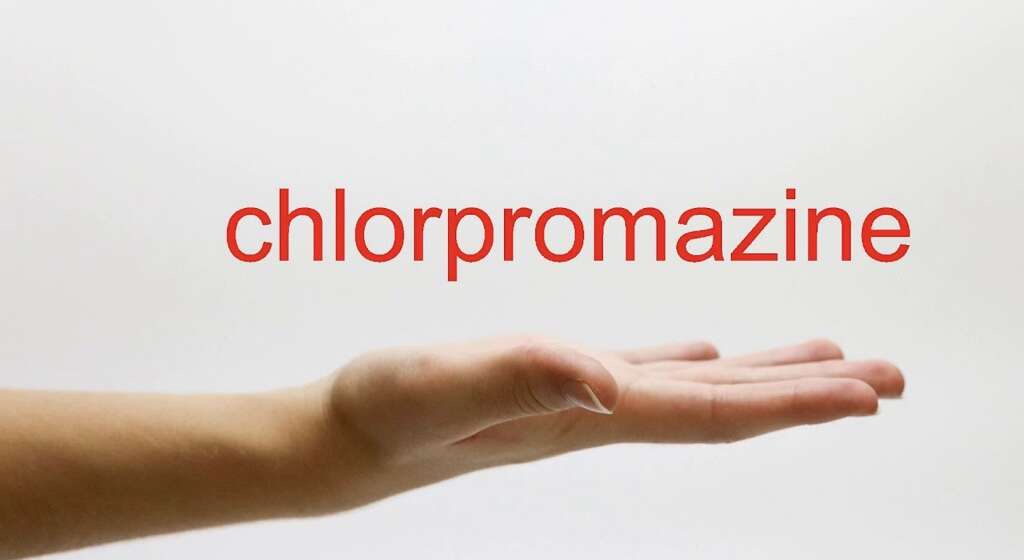
Cause #3: Antiemetics
Antiemetics are drugs that are helpful against nausea and vomiting. They can be used in the treatment of motion sickness, side effects of chemotherapy, gastroenteritis, and more. They have also been proven to be safe for pregnant women for the treatment of morning sickness and hyperemesis gravidarum.
Different types of antiemetics include 5-HT3 receptor antagonists, dopamine antagonists, cannabinoids, NK1 receptor antagonists, and H1 histamine receptor antagonists. Dystonia has been observed as a side effect of certain antiemetics in some patients.

Cause #4: Wilson’s Disease
Wilson’s disease is a genetic condition where there is buildup of copper in the body. The symptoms of Wilson’s disease include edema, weakness, vomiting, jaundice, pruritus, ascites, muscle stiffness, dystonia, tremors, difficulty speaking, personality changes, hallucinations, and more.
It is an autosomal recessive condition. The diagnosis often involves blood tests, liver biopsy, urine testing, and genetic testing. It can be managed through medication and dietary changes.
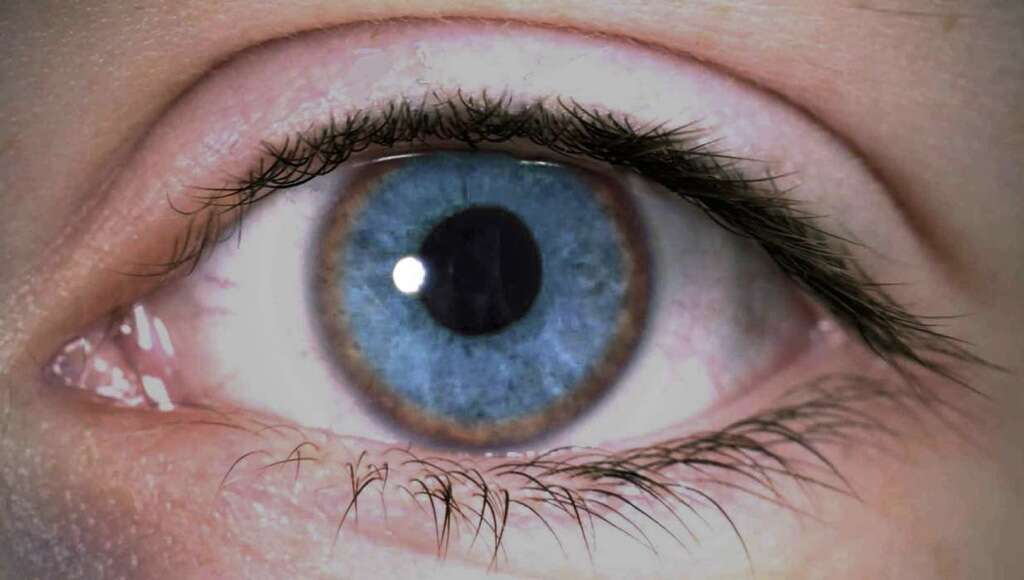
Cause #5: Meningitis
Meningitis occurs when there is acute inflammation of the meninges, the protective membranes surrounding the spinal cord and brain. It results in symptoms such as neck stiffness, fever, headache, confusion, vomiting, altered consciousness, photophobia, phonophobia, dystonia, drowsiness, irritability, and more.
This condition can be caused by infection by pathogens such as bacteria, virus, various microorganisms, and less commonly as a side effect of some medication. Certain forms of meningitis can be preventable through vaccines and prophylactic antibiotics to those with significant exposure. Corticosteroids and antivirals may also be beneficial in some cases.

Cause #6: Encephalitis
Encephalitis refers to inflammation of the brain resulting in fever, headache, confusion, vomiting, stiff neck, memory problems, hallucinations, seizures, dystonia, and more. Encephalitis can be caused by various infections from viruses, bacteria, parasites, or fungi. It can also occur in autoimmune diseases or as a side effect of certain medications.
The diagnosis is usually supported based on symptoms, imaging, blood tests, and cerebrospinal fluid analysis. Depending on the underlying cause of the encephalitis, treatment options are antivirals, corticosteroids, anticonvulsants, and more.
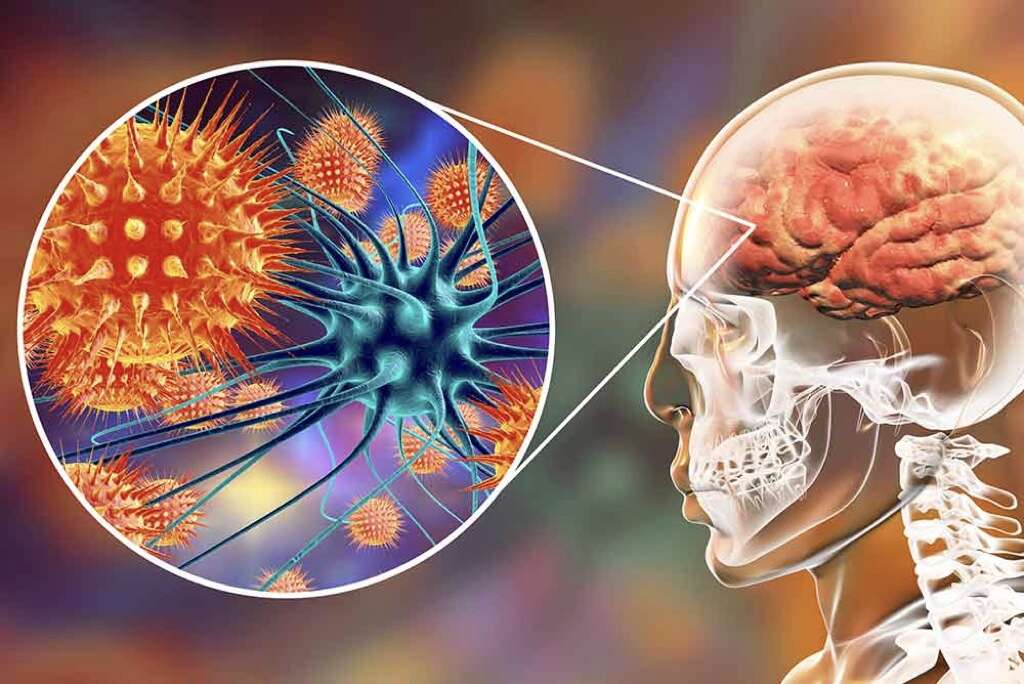
Cause #7: Huntington’s Disease
Huntington’s disease is a hereditary condition where there is death of brain cells. Early symptoms include issues with mental abilities and mood followed by poor coordination and unsteady gait. As the disease progresses, the patient starts to have jerky and uncoordinated body movements that gradually worsen until coordination becomes difficult (dystonia). Talking also becomes challenging and eventually the patient’s mental abilities decline into dementia.
Symptoms usually start between the ages of 30 to 50, but can occur at any age. It is an autosomal dominant mutation and there is no cure for the disease. In the later stages of the disease, full-time care is required for the patient.

Cause #8: Hallervorden-Spatz Syndrome
Pantothenate kinase associated neurodegeneration or Hallervorden-Spatz syndrome is a degenerative condition that affects the brain, resulting in dystonia, dementia, parkinsonism, and death.
The symptoms usually begin in childhood progressing gradually and eventually resulting in death by early adulthood. Symptoms are most often noticed before 10 years of age. Death usually occurs prematurely due to secondary causes such as infections while the disease itself is not technically life limiting. It is an autosomal recessive disorder causing a mutant PANK2 gene in the chromosomal locus 20p13–p12.3.
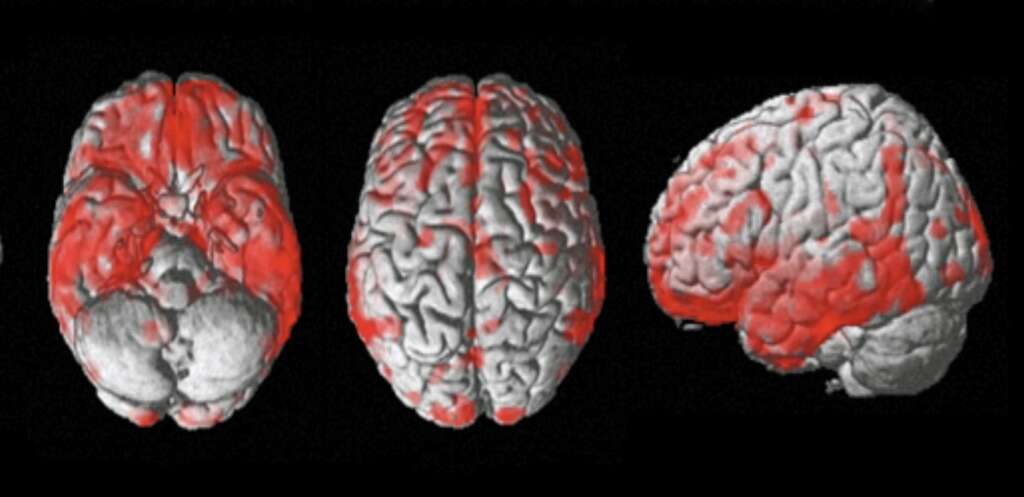
Cause #9: Leigh Disease
Leigh syndrome or Leigh disease is an inherited condition that affects the central nervous system. In this condition, there is a lack or absent amount of thiamine triphosphate, thought to be due to a blockage in the thiamine diphosphate kinase enzyme. This means that treatment of this condition would be to take thiamine triphosphate daily.
Symptoms in Leigh disease can begin as early as infancy and as more cases are being recognized, it has been observed that symptoms can begin at any age and patients may survive for many years after diagnosis. Symptoms include diarrhea, vomiting, failure to thrive, dysphagia, irritability, dystonia, hypotonia, ataxia, and more.

Cause #10: Torticollis
Torticollis or wry neck is a dystonic condition resulting in an abnormal head and neck position. In most cases, the cause of torticollis is unknown, and the symptoms of pain and difficulty resolves on its own after a few days, despite being untreated.
Some associated symptoms include tenderness of the cervical spine, unequal shoulder height, occasional mass formation, a tight or thickened sternocleidomastoid muscle, pain, and decreased movement in the neck. Torticollis can be congenital, acquired, spasmodic, or due to damage of the fourth cranial nerve.







